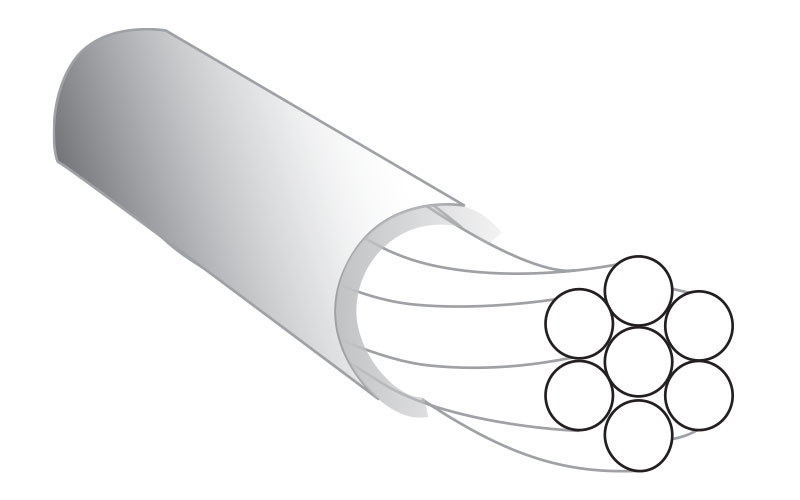Stringing Material Strength/Weight
Stringing materials like jewelry wire are often measured for their number of strands and diameter. The diameter of the wire is usually given in inches. The sizes can vary from .010 inches at the very fine end of the scale, which is fine enough for some seed beads and finely drilled pearls, .019 inches in the medium range which will accommodate most crystals, and .024 inches or more at the heavy end of the scale for heavier gemstones and beads with larger stringing holes.

The rule of thumb for choosing the best diameter is to pick the largest diameter that the bead holes will allow. Many designs are made up of beads in a variety of sizes, so be sure to consider the beads with the smallest holes in your design when choosing the best wire size.

The number of strands in a stringing material determine its flexibility. Jewelry wire, for example, is made up of several strands of stainless steel wire that are woven together and then coated with nylon. The number of wire strands differs among jewelry wire. These numbers can range from seven strands up to 49 strands. The more strands the jewelry wire is made of, the more flexible it is.



For a design where you want the wire to hold its shape, a wire with fewer strands will be best. For some designs, having a soft drape will be important, so a wire with more strands will be best. Strength and weight of a stringing material depend on both diameter and number of strands. Some stringing materials will also list a test strength on their packaging. This measurement is usually given in pounds, and it refers to the maximum weight of resistance a stringing material can withstand.
For more information on jewelry wire, click here.


